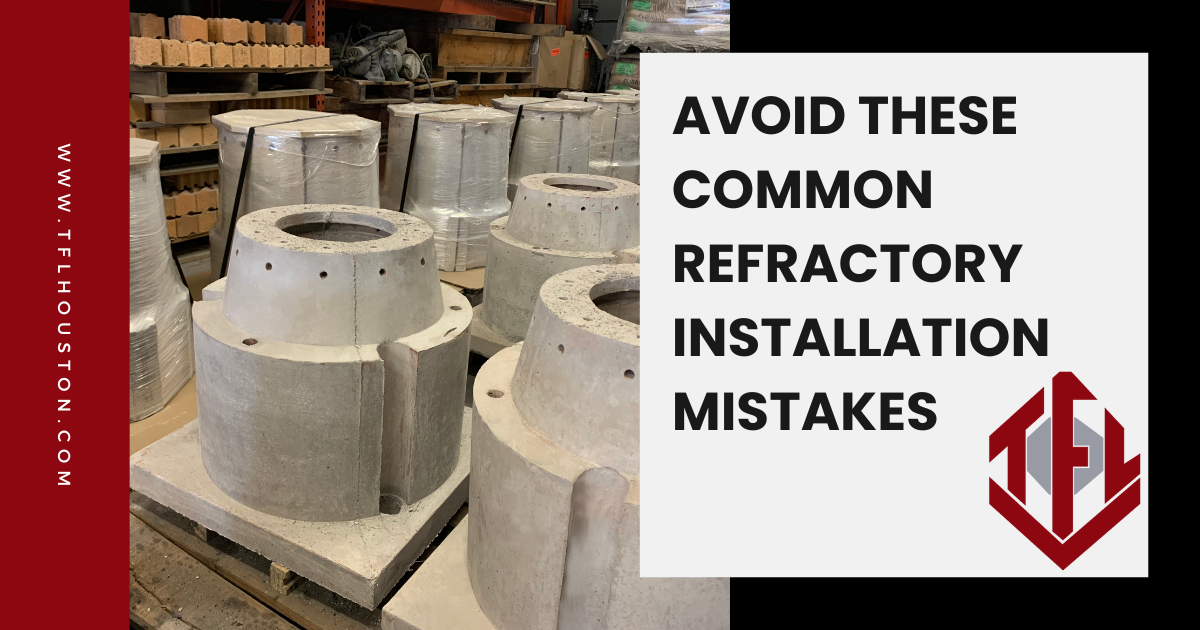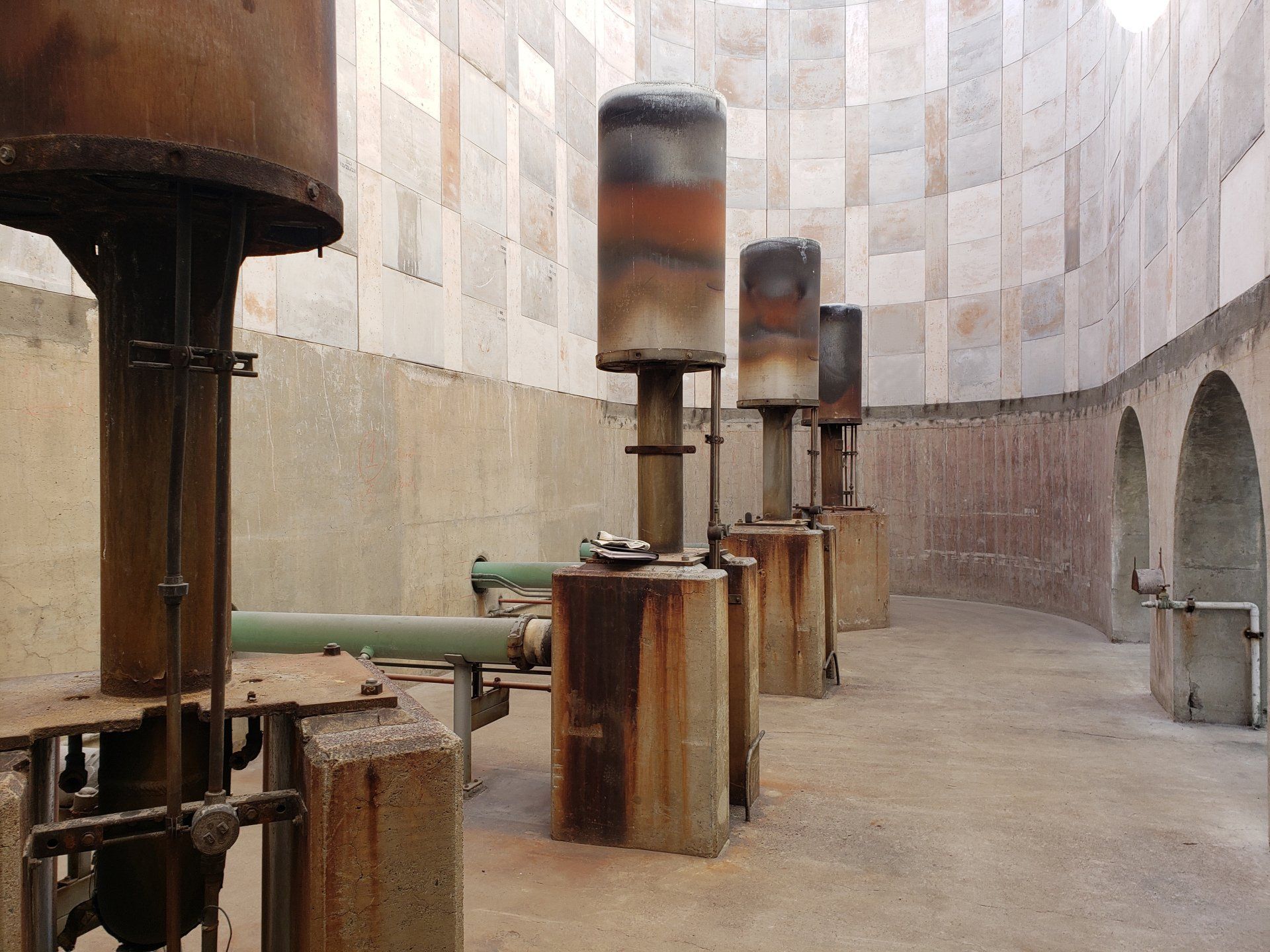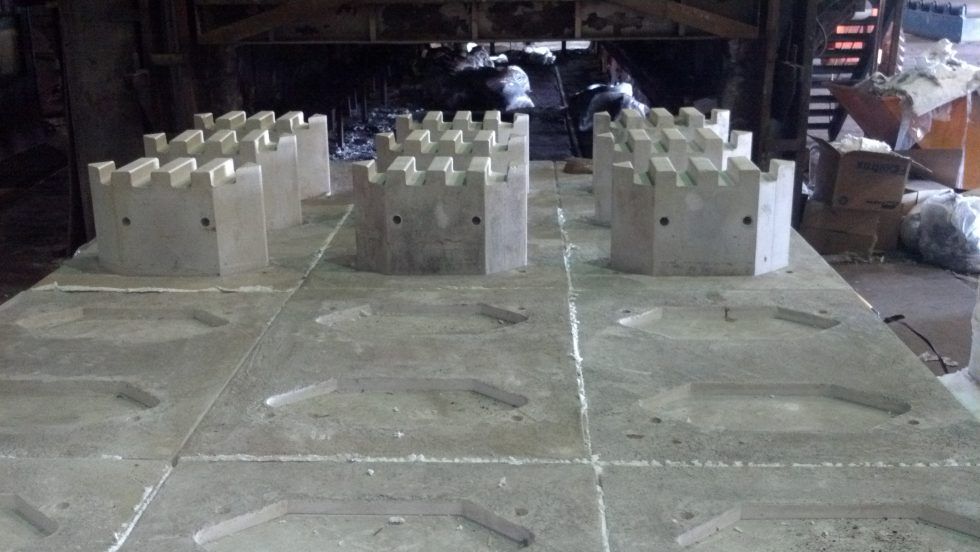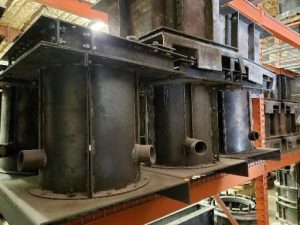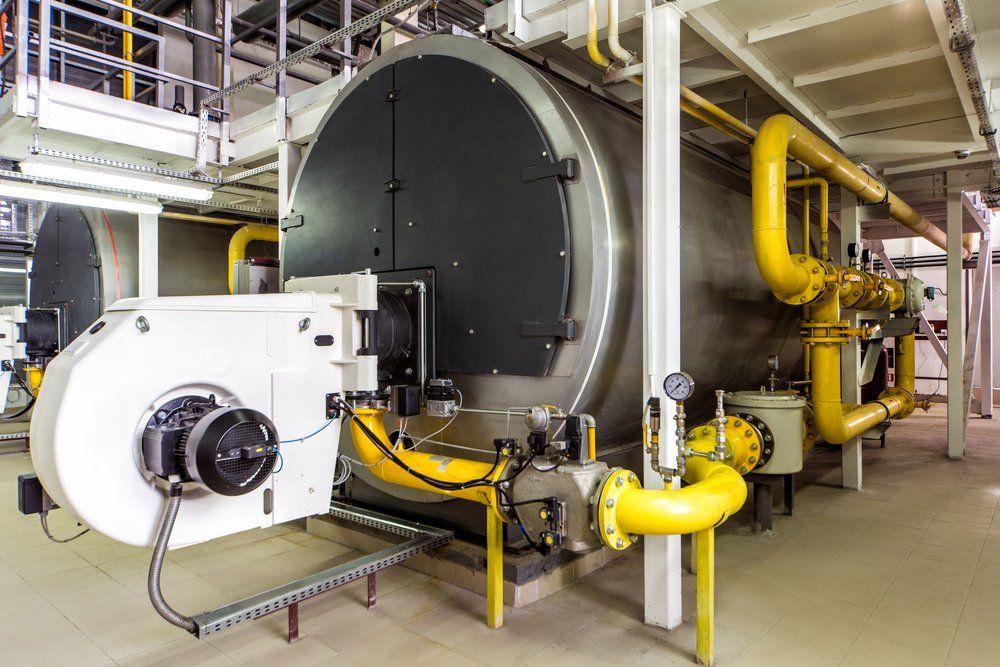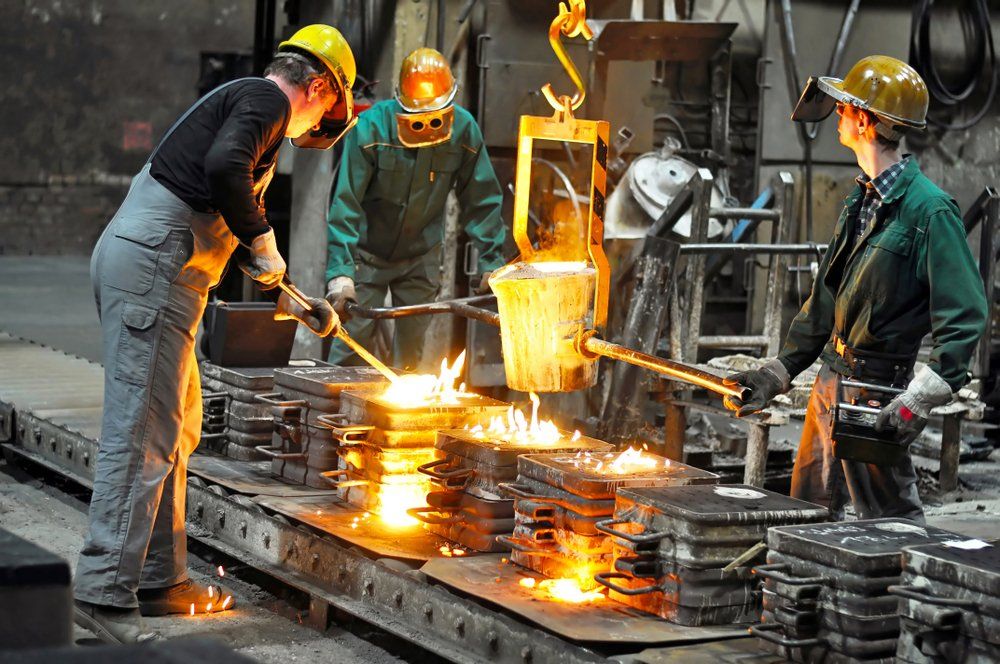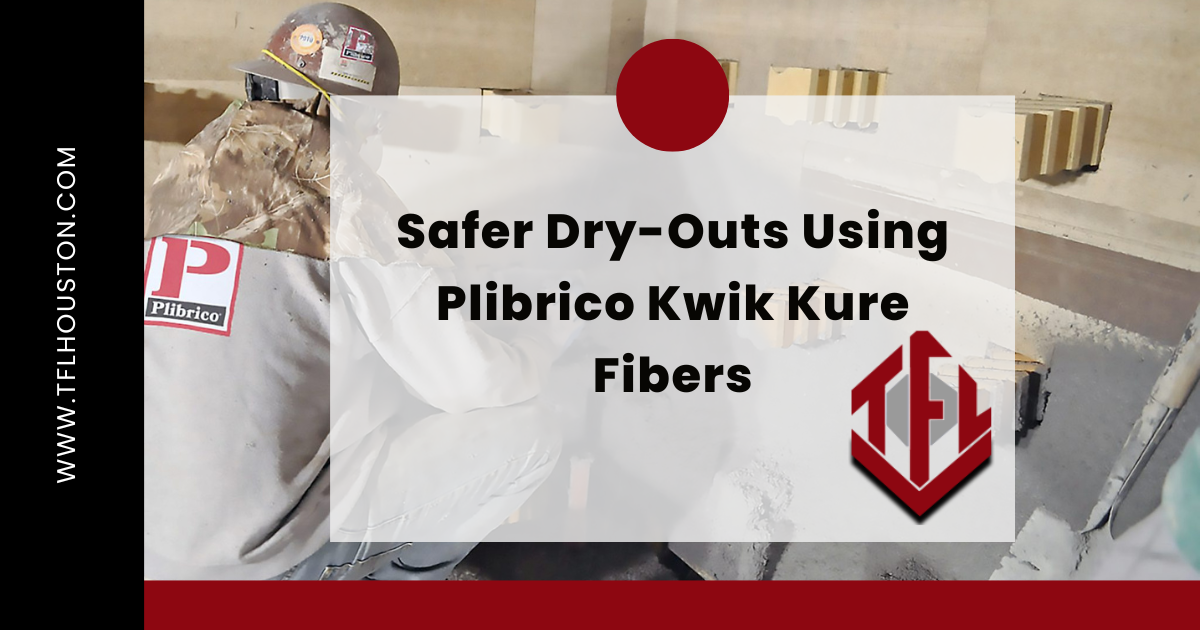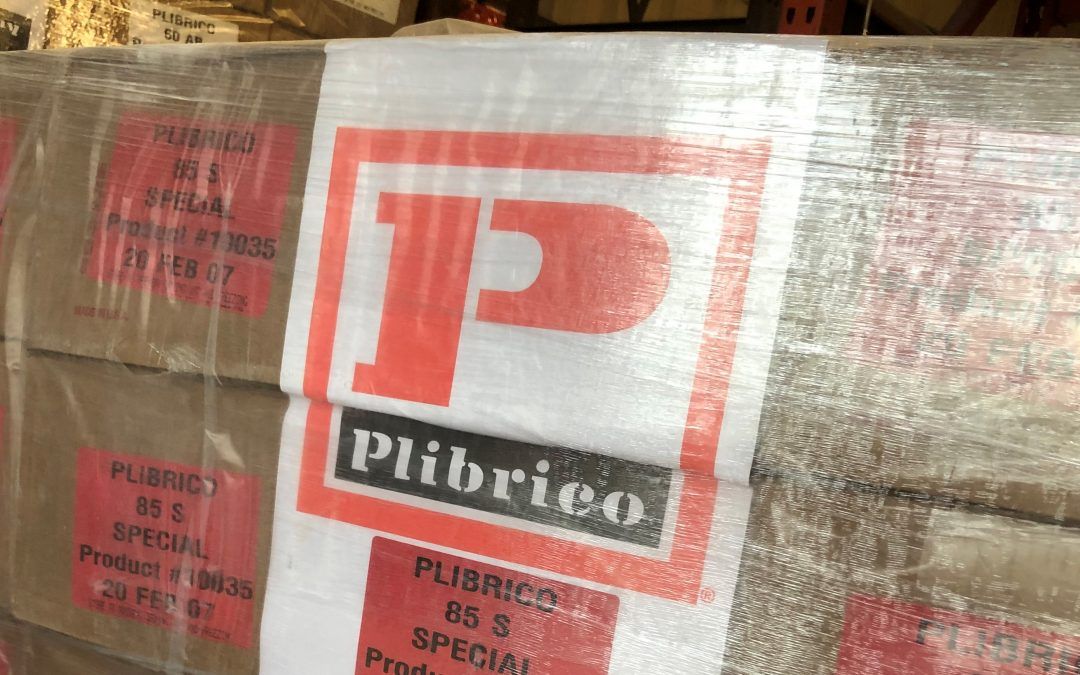The Boiler Refractory Dry Out Process
Moisture will most likely accumulate after the refractory is manufactured during the transit. The boiler refractory dry out process is necessary to remove the moisture from the refractory product after installation but before starting operations.
What is the Process for Boiler Refractory Dry Out?
Boiler refractories may be dried out initially before beginning operations or after refractory repairs. This process is done to avoid any damages to your refractory linings.
When it comes to boiler #refractory dry out, it's critical to work with trained professionals. If you want to learn about the process, here are the 4 important steps involved. #TFL #TFLHouston
Click To Tweet
- Consult with Refractory Manufacturer
- Comprehend the Thermal Profiles
- Understand the Various Linings
- Plan Accordingly
1) Consult with Refractory Manufacturer
Speaking with the refractory manufacturer should be your first step, prior to the lining installation . The refractory manufacturer will know the correct refractory placement and curing temperatures for the dry out process.
2) Comprehend the Thermal Profiles
Various temperatures can have extreme effects on refractory systems . While water boils at 212°F, chemically combined water boils at different temperatures depending on the composition. The chemical water is released deeper within the lining as the lining is heated up. Another consideration is that the refractory bricks used in furnaces often have low permeability. It’s critical to understand the constantly changing thermal profile to ensure temperatures do not rise too fast inside the lining. There needs to be ample time for the steam to travel through and out of the lining without an intense steam pressure that is more than the lining can handle.
Pro Tip: The free water in the pores of the refractory materials impacts thermal conductivity during the dry out process.
3) Understand the Various Linings
Complicated linings have various lining configurations within the same unit. This can mean a change in material quality or thicknesses. Thickness changes include the fluctuation in water volume and the thermal profile through the varying lining thicknesses. The diversity in thickness produces different water release points at the different hot face temperatures. All of this must be considered when creating a dry out schedule that accounts for all essential points in the complete lining system to be fired.
4) Plan Accordingly
The refractory designer, manufacturer, and refractory designer must work together with the dry out subcontractor to create a functioning and accurate dry out schedule. Plenty of time and money needs to be allocated to the dry out process.
A Complex Process
Refractory dry out is a complex process that requires careful planning and consideration. Work with a team of experts before scheduling your dry out.
Do you want to learn more about the boiler refractory dry out process? Join the conversation to speak with our team about refractory processes.
The post The Boiler Refractory Dry Out Process appeared first on Refractory Materials, Precast Shapes, and Custom Solutions.
